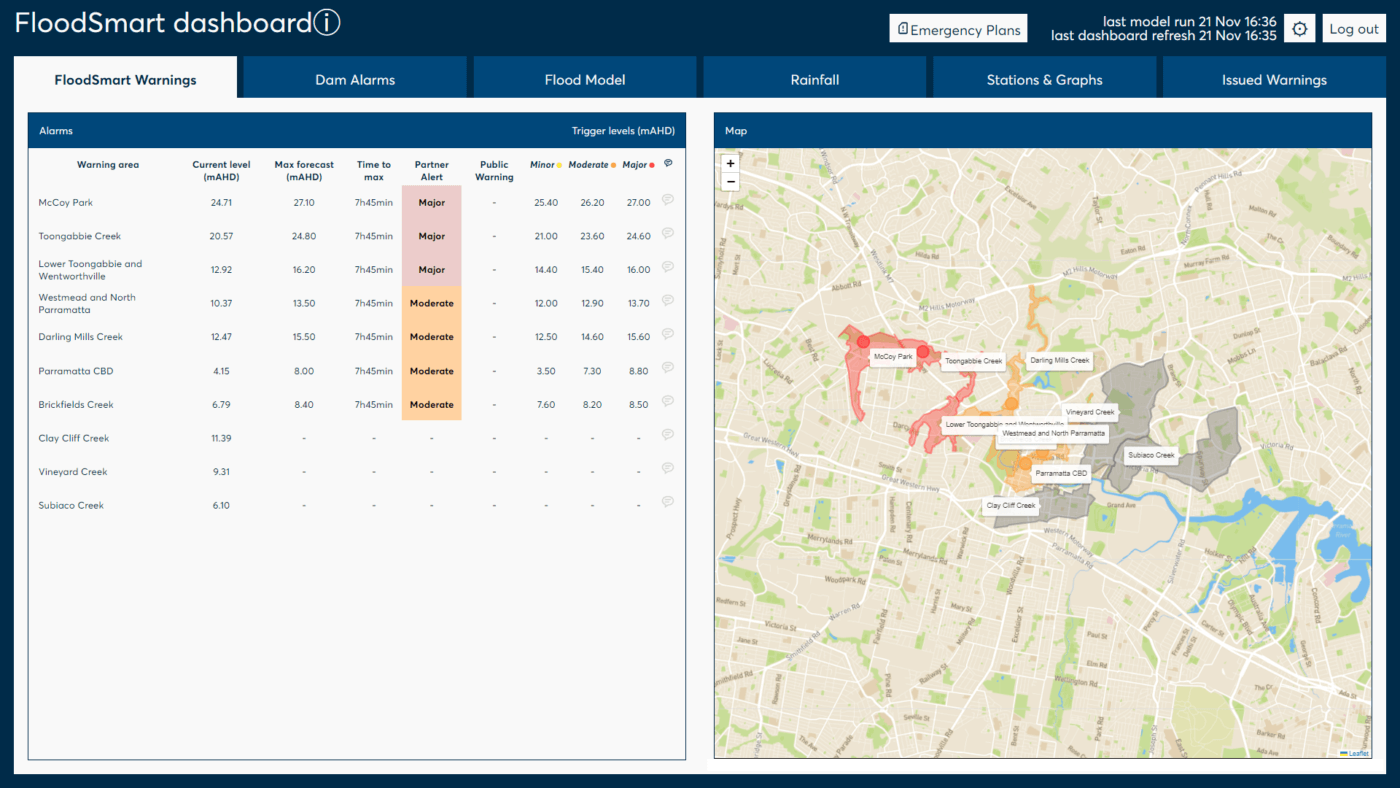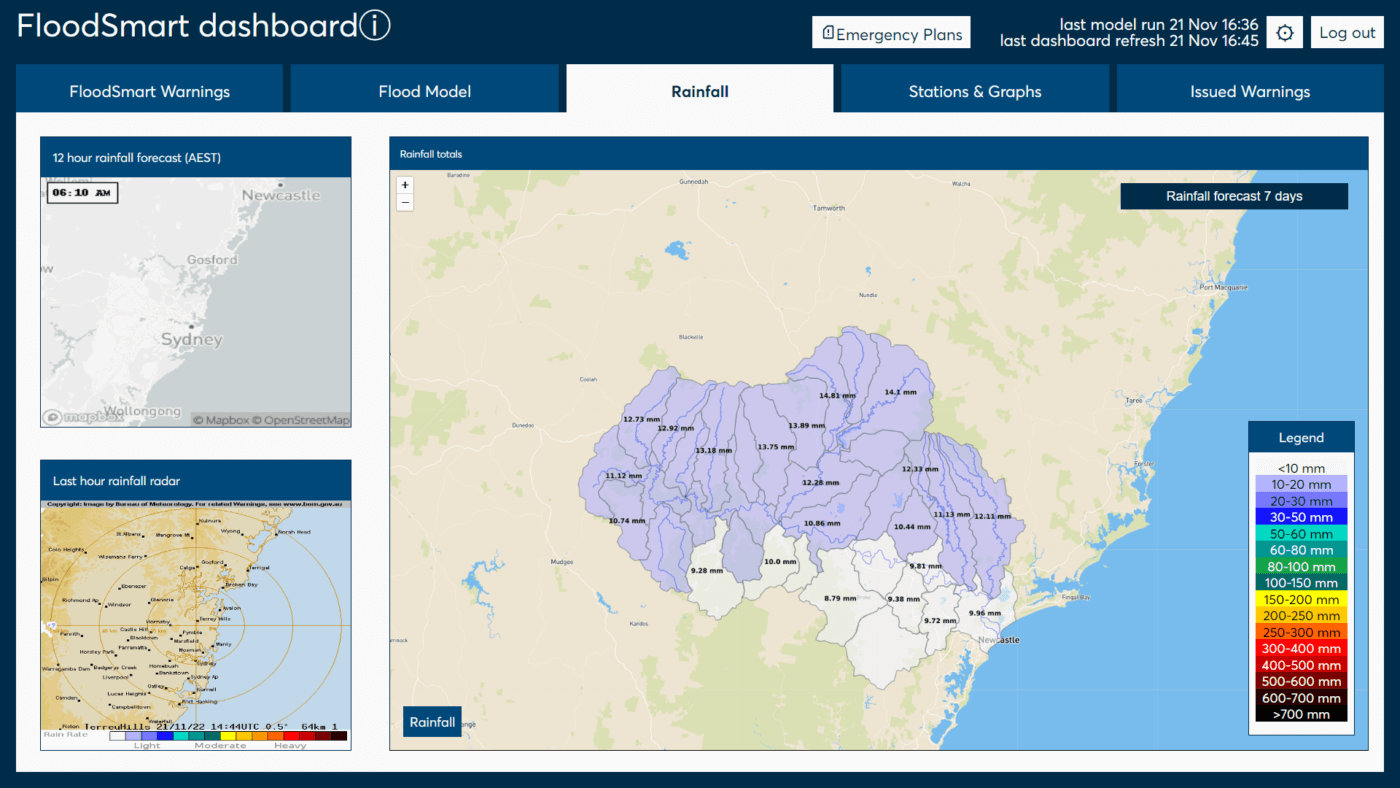Globally, the magnitude of floods is increasing. Accompanied by loss of lives, damage, and economic loss, floods negatively influence livelihoods and well-being in many countries.
Flooding cannot be wholly controlled or prevented due to uncertainties in the magnitude, timing, and geographical extent of floods. Flood forecasting and early warning systems are a key flood risk management measure for preparedness against floods and increased resilience.
Developing an effective flood early warning systems requires knowledge of risk, handling substantial amounts of historic and forecast data, such as ground and satellite observations and numerical weather predictions and hydrological and hydrodynamic models, timely and accurate warnings, dissemination and communication, and actual response capabilities.
With our FloodSmart solution services we aim to let no one be surprised by a flood. Together with our global partner network we actively support communities around the globe to be better prepared when floods arise.
If you want to discover the first steps to setting up efficient and effective flood early warning systems, you can read our free E-book. This E-book describes how technology can assist in establishing early warning systems that deliver essential information precisely when it is needed most.
The four pillars of early warning in one online system
Risk knowledge
Integrate data from your flood risk assessments
Flood hazard monitoring & warning service
Create lead time for early warning & action
Warning dissemination and communication
Timely & accurately communicate risk to emergency response teams and the community
Preparedness & response capabilities
Provide intelligence for emergency response, embed national response processes

Features
- Issue warnings for critical locations
- Discover forecasted flood extent and depth of the flood waters
- Discover forecasted rainfall at various moments in the future
- Detailed graphs

Start small with rainfall forecasts and warnings
FloodSmart provides entry level rainfall forecasts and warnings based on global, open available data. This entry level allows you and your organization to get familiar with the possibilities of FloodSmart without requiring a major implementation effort from your organization yet. The entry level system can be operational for your organization in a week.
A modular implementation that starts small and ends big
FloodSmart can be implemented in complementary modules. This allows you to start small and phase further implementation according to your budget, time schedule and organizational readiness.
- Rainfall forecast and warning service
- Hydromet gauge data
- Flood forecasting model and warning service
- Impact analysis and warning service